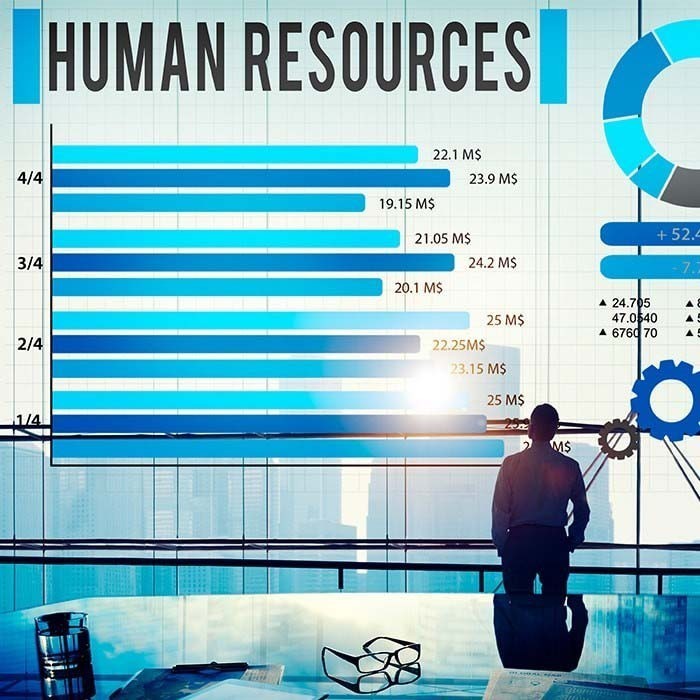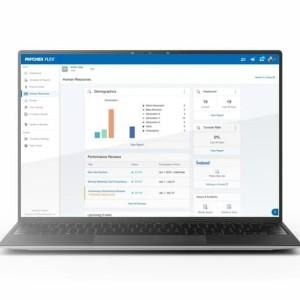- Recursos humanos
- Artículo
- Lectura de 6 minutos
- Last Updated: 06/26/2017
HR Data Analytics: The Right Tools for Data-Driven Decisions

Table of Contents
HR data analytics can provide human resources departments with better data collection, reporting, and the information needed to make data-driven business decisions. Whether a business unit manager needs the latest information on time and attendance to streamline their scheduling process, or a quick payroll audit by the HR manager to address a problem, analytics help make data accessible to business leaders. Here's a closer look at how some businesses are using HR analytics to help improve the way they run their businesses.
Recruiting Analytics
Hiring the best people for open positions is critical. When the candidate isn’t right for the position, turnover can happen, and filling open positions can become expensive and time consuming. With recruiting analytics, it's easy to see where your best candidates are coming from and which profiles tend to succeed more often over the long term. In addition, analytics may provide a helpful framework for understanding how your recruiting process is working and where there might be room for improvement. For example, if analytics show delays in candidate communication or long review times at the hiring manager level, this can provide actionable insights for making process improvements.
Time and Attendance Analytics
Whether your team works remotely from client sites, or you need to closely manage time and attendance to comply with overtime requirements, it's important to have the right tools to easily analyze work schedules. With time and attendance analytics, companies can determine patterns in their scheduling, strategically manage the scheduling process to stay in compliance with company and regulatory processes, and even identify patterns of absenteeism that could signal trouble at the individual or department level.
Benefits and Other Services
HR data analytics can also streamline the management of benefits and other services within human resources. Consider the reporting that is needed during open enrollment. With an analytics-driven reporting system, it is easy to see who is enrolled and where decisions are pending. Analytics can also help HR managers understand which benefits are being utilized and are seen as valuable by the workforce, and which ones are underleveraged. HR analytics related to benefits can also help companies gather the information needed for compliance reporting with ease.
Connecting Analytics to Business Decisions
Increasingly, companies are relying on data to make decisions about how they operate their business. For example, HR analytics can help identify areas of exposure to risk and help companies pinpoint areas of improvement, from recruiting to benefits administration. At a higher level, investing in the right technology may make it easier to take a deeper dive into the company's data and tie it back to critical decisions that managers make about staffing, compensation and benefits, scheduling, and more. In addition, stronger analytics can help HR more accurately determine what aspects of their processes are working well and where improvements could be made.
Ultimately, as today's business landscape becomes data-driven, it's important that HR adapts.& HR analytics help ensure that your HR department will have the necessary workforce information on hand to be a trusted partner to business leadership, as well as to help answer any data-driven reporting needs that arise as part of larger discussions.
Tags







